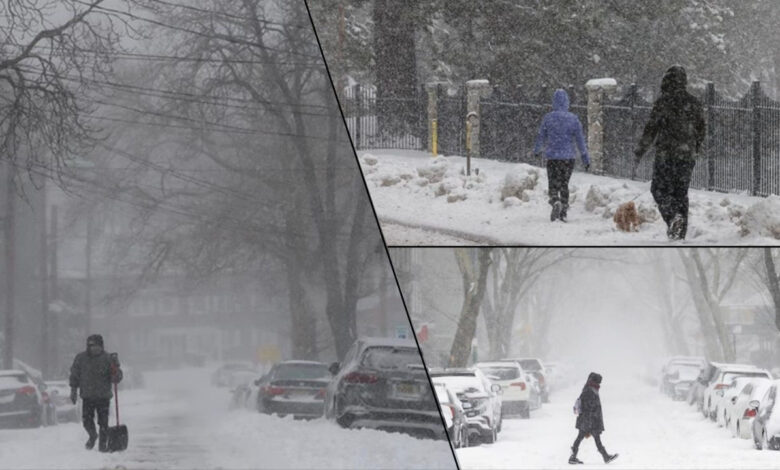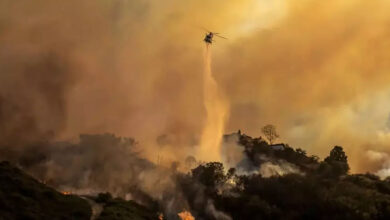
A massive winter storm sweeping across multiple states has claimed at least four lives while creating perilous travel conditions from the Midwest to the Mid-Atlantic region. The storm, characterized by heavy snowfall and ice, has left roads treacherous, leading to numerous accidents and stranding countless drivers.
The National Weather Service has issued winter storm warnings across parts of Missouri, Illinois, Kentucky, Indiana, Ohio, Virginia, West Virginia, Maryland, Pennsylvania, and Washington, D.C., with forecasts predicting up to a foot of snow in some areas. The combination of snow and ice has significantly reduced visibility, causing vehicles to lose control, skid, and collide.
In Kansas, where blizzard warnings were in effect, the Kansas Highway Patrol reported at least three fatalities due to car crashes over the weekend. Similarly, Missouri has seen one confirmed death and numerous injuries, with the Missouri State Highway Patrol responding to hundreds of calls for help on highways clogged with stranded cars. The storm has also led to thousands of flight cancellations and delays nationwide, with major airlines waiving fees to allow passengers to reschedule their travel plans.
The conditions on the ground have been described as “dire,” with emergency services stretched thin. In some areas, rescue operations have been delayed due to the inability to navigate through the heavy snow drifts. Local authorities have strongly advised against all non-essential travel, urging residents to stay indoors if possible.
Power outages have affected hundreds of thousands of customers across the affected states, with some areas still recovering from earlier winter weather events. Restoration efforts are underway, but the continuing storm is complicating recovery, as ice-laden branches and lines snap under the weight.
“Snow is still making its way out of the state, but don’t expect conditions to improve quickly,” a Missouri Department of Transportation social media post warned, emphasizing the ongoing challenges in clearing the roads.
The storm’s impact on daily life has been profound, with schools, businesses, and government offices closed across the region. The cold and snow have also strained infrastructure, with reports of burst pipes and heating system failures in some homes.
As the storm begins to move out of the East Coast by Monday evening, the aftermath promises to be challenging. Frigid temperatures are expected to persist, with forecasts indicating no significant thaw for several days, which could lead to icy conditions on untreated roads.
Emergency services, volunteers, and local governments are rallying to provide aid, with warming centers opened for those without power or heat. The community response has been one of resilience, with neighbors helping neighbors, but the scale of this storm has left many communities in need of continued support and assistance in the coming days.
This winter storm serves as a stark reminder of nature’s force and the importance of preparedness and caution when facing such severe weather events.




